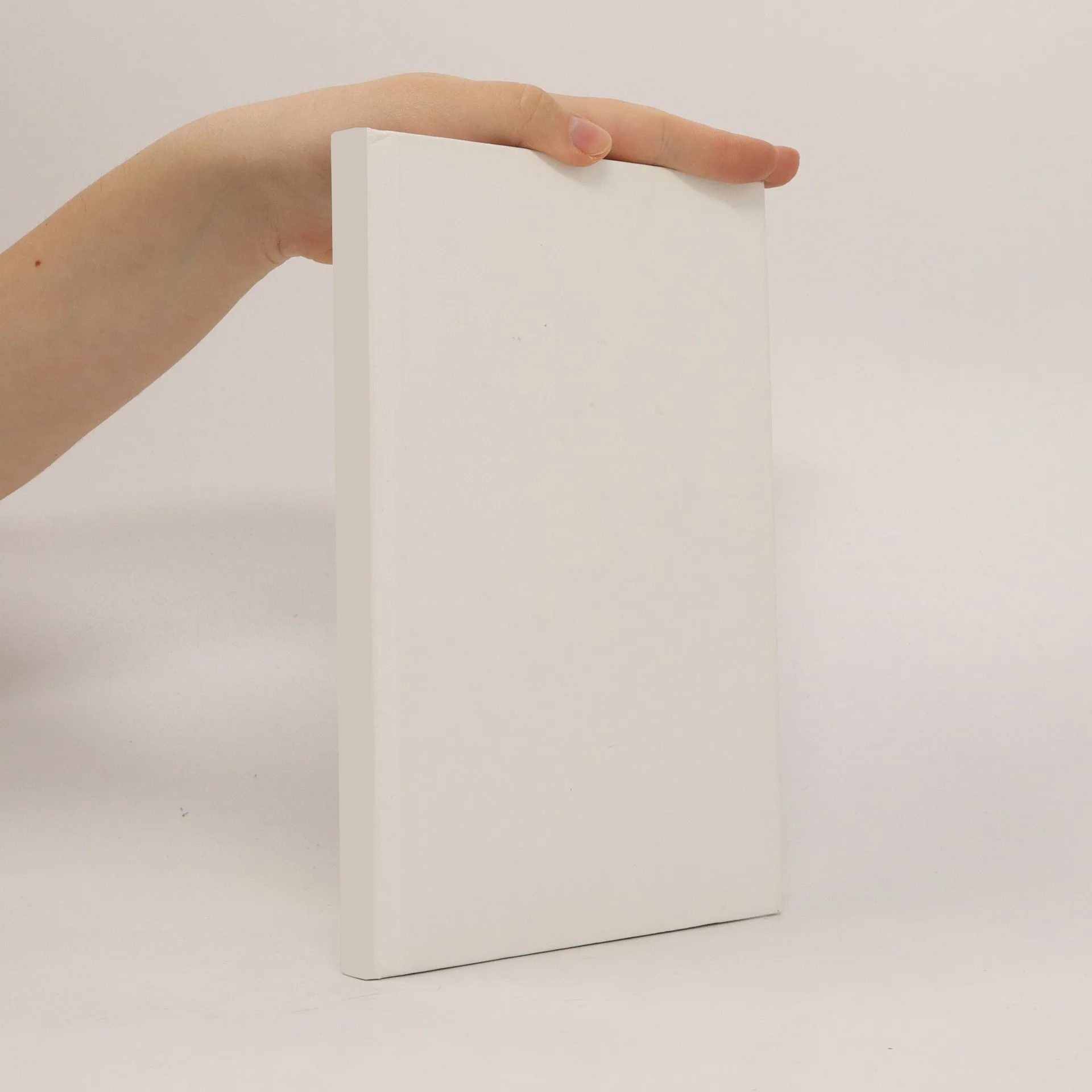
Parámetros
Más información sobre el libro
Hydrophytes, that are aquatic or subaquatic vascular plants, represent a class of plants extremely variable, but at the same time extremely heterogeneous in terms of their systematic position, the variability of their habitats and their modes of life. A direct consequence of that heterogeneity is the wide range of anatomic peculiarities of hydrophytes, which is very hard, if not impossible to capture in a single volume. It was, therefore, chosen to treat three families of hydrophytes, Lemnaceae (Duckweeds), Hydrostachyaceae and Podostemaceae. They differ most markedly from terrestrial plants, notably by having a partly or completely thalloid vascular system. These families turned out to be a lucky choice, as their morphology has developed (or rather preserved) aberrant structures which force the question of their evolution to be asked anew. A model which explains the observed features as extreme adaptions, tacitly implies that these aquatic plants were initially terrestrial plants which have returned to an aquatic habitat, instead of plants which survived in the aquatic or 'amphibious' environment they originally evolved in. This question of origin must be asked for all major adaptions, such as the diverse types of heterotrophy observed in phanerogams; the answer may be found looking at the biogeography or ecological conditions, but most likely these questions may not be answered by studying the anatomy of these plants.
Compra de libros
Extreme adaptations in angiospermous hydrophytes, Elias Landolt
- Idioma
- Publicado en
- 1998
- product-detail.submit-box.info.binding
- (Tapa dura)
Métodos de pago
Nadie lo ha calificado todavía.